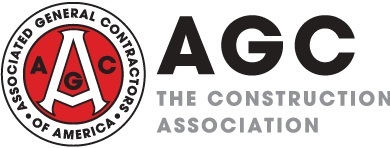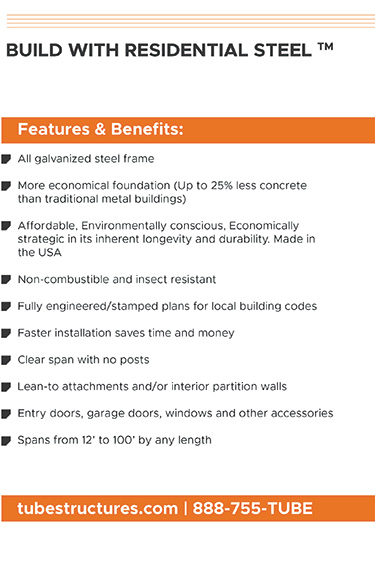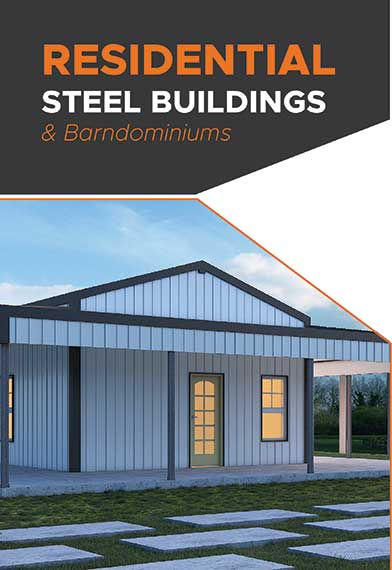Bid prices rise less than cost of purchased materials and services, AGC says
- October 9, 2020
- Posted by: Alan Hageman
- Category: News

For the first time since March, contractors’ bid prices rose less from November to December (0.1%) than the cost of purchased materials and services (0.5%), based on an Associated General Contractors of America (AGC) analysis of producer price indexes (PPIs) posted by the Bureau of Labor Statistics. For 2019 as a whole, the PPI for new nonresidential building construction, a measure of the price that contractors say they would charge to build a fixed set of buildings, rose 3.8%, compared to 5.4% in 2018. Increases in 2019 ranged from 2.8% for new health care buildings to 3.2% for offices, 4.4% for schools, 4.5% for industrial buildings and 4.6% for warehouses. Increases in PPIs for subcontractors’ new, repair and maintenance work on nonresidential buildings ranged from 3.4% for roofing contractors to 3.6% for electrical and plumbing contractors, and 4.7% for concrete contractors. The PPI for inputs to construction, excluding capital investment, labor and imports, increased 1.5% in 2019, compared to a 4% gain in 2018. This index covers both goods (56%) and services (44%). There were increases of 5.5% in the PPI for energy inputs to construction, 0.3% for non-energy goods and 2.1% for services. Price changes turned negative in 2019 for some previously fast-rising inputs: steel mill products (-16%, versus a 19% jump in 2018); gypsum products (-5.2% , vs. 4% in 2018) aluminum mill shapes (-4.4% , vs. 6.8% in 2018); and asphalt paving mixtures and blocks (-1.3% , vs. 10.5% in 2018).
Additionally, AGC stated in its newsletter, “Economic activity generally continued to expand modestly in the final six weeks of 2019,” the Federal Reserve reported in its “Beige Book,” a compilation of informal soundings of business conditions in the 12 Fed districts, which are referenced by the name of their headquarters cities. “New residential construction expanded modestly. Commercial real estate activity varied substantially across districts … A few districts indicated that some businesses were passing along tariff costs to consumers, mostly in retail but also in construction.” Construction comments cited by Fed districts included: Boston: [Boston-area commercial] construction activity was robust … In the Providence area, by contrast, … few new projects have been undertaken. New York: New multifamily construction starts have picked up across the district, while ongoing multifamily construction activity has remained brisk. New office and industrial construction has continued to weaken modestly. Philadelphia: Contacts reported continued strength in the industrial market, with ongoing demand for new construction … Most contacts remain optimistic about office … construction, but one noted that Philadelphia’s construction activity has fallen slightly and may remain a bit below prior-year levels. Cleveland: Output price increases were most often reported by contacts in … construction industries because of persistent strength in demand. Richmond: [Commercial] construction remained strong across most types of properties, even though construction costs are high. Chicago: Nonresidential construction activity was little changed, and contacts again noted that rising costs were holding back growth. St. Louis: Construction contacts reported that prior price increases from tariffs on building materials, such as steel and aluminum, have now been passed on to consumers … The number of commercial construction projects increased moderately from October to November across most of the states in the district. A contact in Little Rock noted that they had never seen a construction boom as strong and as long-lasting as the current one. Minneapolis: Construction spending saw a notable uptick in November compared with a year earlier, according to an industry database, with increases seen in every district state except Wisconsin … Commercial permitting in the district’s larger markets in November saw a modest increase overall compared with a year earlier, with Rapid City and Sioux Falls, S.D., continuing to see strong activity overall. Dallas: New development of retail space remained modest and was driven by grocery-anchored shopping centers. San Francisco: Some building materials producers reported lower prices over the reporting period, but others noted being able to charge higher prices following a pickup in construction activity … Demand for retail and office space in California weakened, with some reports noting little new construction. Commercial permitting also decreased in the Central Valley of California over the reporting period, though it remained stable in the Pacific Northwest. In contrast, demand for industrial spaces, like warehouses and distribution centers, remained elevated. Contacts noted that very low vacancy rates and increased leasing costs have spurred construction of new industrial spaces across the district. In the Pacific Northwest, public infrastructure construction also increased.


